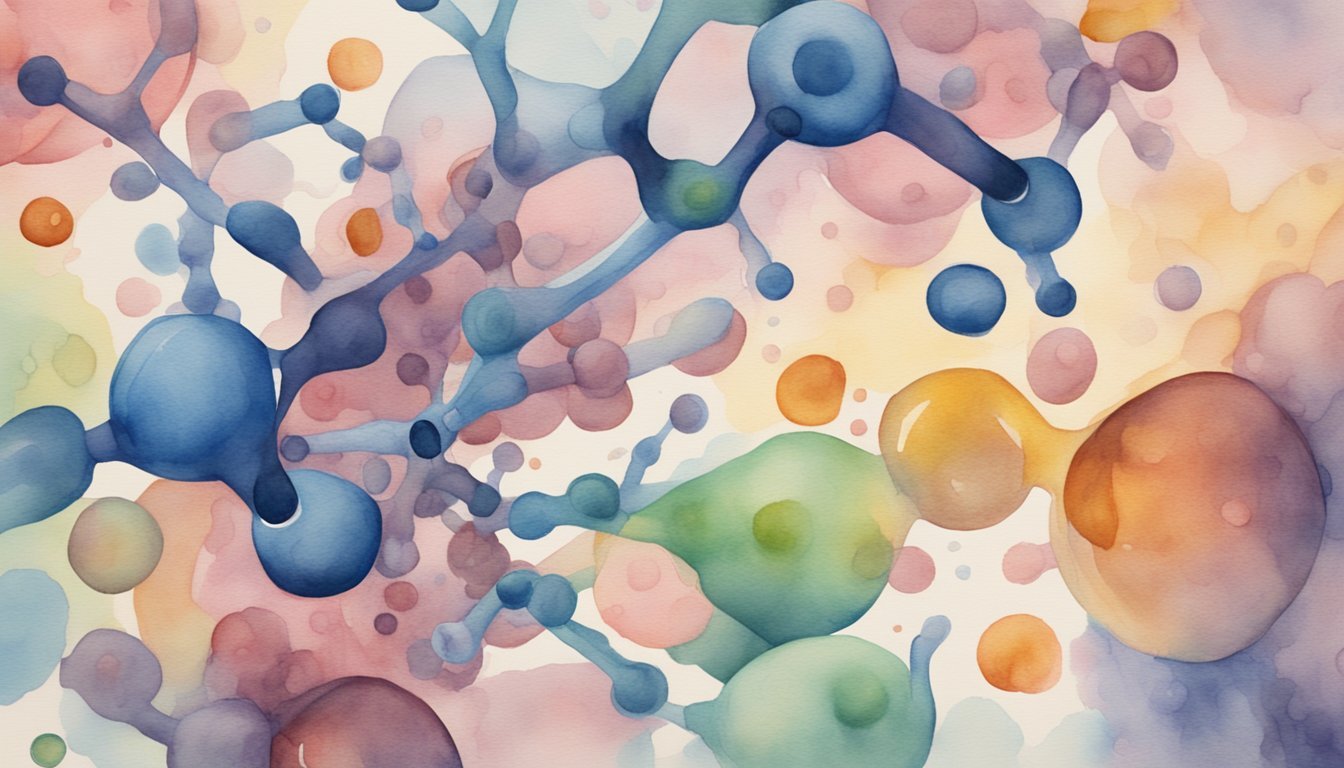Understanding Alcohol Metabolism and Elimination
Alcohol metabolism is a crucial process that determines how long alcohol remains in your system. This process involves a complex interplay of enzymes and liver function, which can be influenced by various factors.
Factors Influencing Alcohol Breakdown
The rate at which alcohol is metabolized can vary widely among individuals. Several elements contribute to this variance:
- Genetic makeup: Genetic differences affect the production of enzymes responsible for alcohol metabolism.
- Age, weight, and sex: These physical characteristics can modify metabolic rate.
- Food intake: Eating before or while drinking can slow down alcohol absorption.
- Frequency of drinking: Regular consumption may prompt the liver to metabolize alcohol more efficiently.
These factors collectively determine an individual’s Blood Alcohol Concentration (BAC), which can be measured through various tests. For more detailed information on how these factors influence alcohol metabolism, the Cleveland Clinic provides a comprehensive overview.
The Role of Liver Enzymes in Metabolizing Alcohol
The liver is the primary organ responsible for alcohol metabolism. It uses enzymes such as alcohol dehydrogenase (ADH) and aldehyde dehydrogenase (ALDH) to convert alcohol into acetaldehyde, and then into acetate. This process helps to reduce BAC and eliminate alcohol from the body. Cytochrome P450 (CYP2E1) and catalase are also involved, albeit to a lesser extent. You can delve deeper into the specifics of enzyme involvement in alcohol metabolism through this PMC article.
Timeframe of Alcohol Presence in Various Tests
After consuming alcohol, its presence can be detected in the body using several types of tests:
- Breathalyzers assess alcohol content in the breath and are often used by law enforcement.
- A blood test provides a direct measurement of BAC, which reflects the amount of alcohol in your bloodstream.
- Urine tests can detect metabolites of alcohol for a longer duration than breath or blood tests.
- Saliva tests and hair tests are less common but can offer a longer window for detecting alcohol consumption.
The detectable period in these tests varies based on the half-life of alcohol, which is typically about one hour. However, traces of alcohol can be found for up to 90 days in hair follicle tests. For more specifics on detection times, refer to the insights from Healthline and Verywell Mind.
Factors That Affect How Long Alcohol Stays in Your System

The length of time alcohol remains in the system can vary widely between individuals due to numerous factors such as biological traits, lifestyle choices, and patterns of alcohol consumption.
Biological and Lifestyle Influences on Alcohol Clearance
Biological differences including age, sex, weight, and overall health can influence an individual’s rate of alcohol metabolism. Genetics play a substantial role as well; variations in enzymes like alcohol dehydrogenase (ADH) affect how quickly one processes alcohol. For instance, people with higher body fat percentages may experience slower alcohol absorption since fat doesn’t absorb alcohol as efficiently as muscle does. Moreover, certain health conditions can impede alcohol clearance, while factors like hydration level, food consumption, and concurrent medications may also modify alcohol metabolism.
Impact of Alcohol Consumption Patterns
Patterns of consumption, such as binge drinking or frequent alcohol use, can lead to tolerance, affecting how long alcohol stays in the system. For example, those who drink regularly may process alcohol more quickly up to a point, but they also risk developing alcohol use disorder. The type of alcoholic beverages consumed also matters; different drinks like beer, wine, and distilled spirits contain varying amounts of alcohol. The strength and the size of a standard drink alter alcohol absorption rates and overall intoxication levels.
- For beer: A standard drink is often 12 ounces with about 5% alcohol.
- For wine: A standard 5-ounce serving typically has 12% alcohol.
- For distilled spirits: A 1.5-ounce shot of 40% alcohol is common.
Managing and Understanding Alcohol Intoxication Effects
The effects of alcohol on the body, from initial mood enhancement and decreased coordination to potential overdose and death, are acute manifestations of its intoxication. Recognizing how factors like sex impact intoxication, where for example, women may become intoxicated more quickly than men due to differences in body composition and hormonal levels, is crucial for management. The implications extend beyond getting drunk to sobering up—intoxication interferes with judgment, balance, speech, and can lead to hangover, or in severe cases, alcohol poisoning, which can be life-threatening. Treatment options are available for managing alcohol problems, and understanding these effects underscores the importance of adherence to legal alcohol limits, especially in activities such as driving that demand high levels of coordination and judgment.

